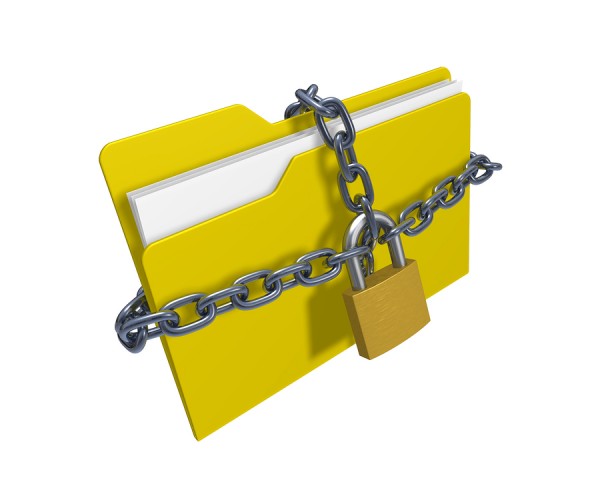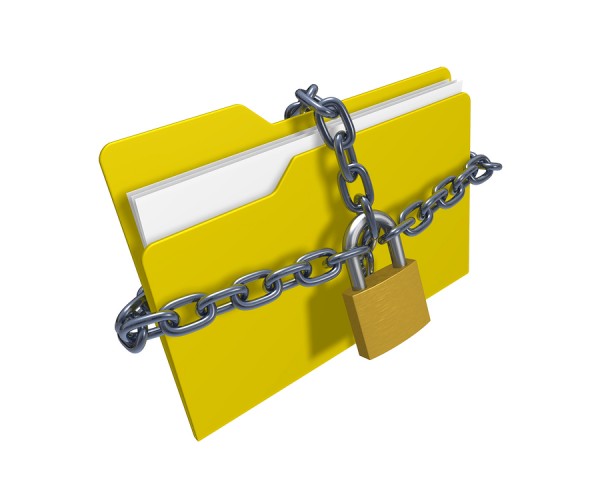It is clearly evident how the IT landscape is continuing to evolve as latest technological tools and solutions are introduced each day. While some of these are basic minor updates of current technologies, yet others have the capacity of revolutionising how organisations will function tomorrow.
If the past 10 years are any evidence of the pace at which organisational tools, behaviour and consumer solutions will proceed to metamorphose, enterprises must instantaneously address the security issues of today, while asserting the mobility of conforming to the transformation that are definite to arrive tomorrow.
A number of file transfer conveniences that exist today — as well as corporate security risks that come along with it — have emerged within the past 10 years, such as BYOD devices, Dropbox and Google Drive. The pace at which each technology has grown over the years and gained mass followers is unbelievable.

Within four years of its launch, Dropbox has hit over 110 million users. On the other hand, ever since Google began to offer over one GB of free data storage through its Google Docs in the early 2010, it rapidly expanded to over 10 GB with the launch of Google Drive in 2012. While Intel first recognised the BYOD movement in 2009, in a short span of time, within two years, multinational organisations such as Citrix, Unisys and VMware began to adapt to the trend, thus steadfastly instituting these procedures as ordinary for businesses.
However along with these advances in consumer behaviour and technology, new challenges were raised for IT departments in corporations as individuals regularly used these tools in work-related environments and for purposes that were sometimes used without the consent of the organisation.
Such behaviour continues to be rampant even in this day and has produced both enormous opportunities for efficiency while also bringing grave security hurdles for organisations and their IT departments.
Even as cloud-based file sharing solutions aimed towards consumers and the BYOD movement has substantially changed the way in which employees in every industry are sending, receiving and storing corporate data, thus making them highly productive and contented with their work, it has also introduced complex elements that organisations are seemingly oblivious to, and constantly skip over, which makes today’s file transfer trends a crucial risk.
More importantly, many employees are not aware neither are they interested in the security risks connected with such consumer grade devices. To make matters worse, IT departments are usually left in the dark when it comes to employee tools used for such purposes. When these hidden devices and tools are used by employees, IT professionals are unable to secure the organisation’s data security thus making overall protection and network management incredibly difficult to manage.
Currently there are over 10,000 hacker groups across the globe, comprised of more than 60,000 individuals, according to a report published by Network World, which points out to the fact that security threats to files are extremely active and very real.
To ensure data security, an organisation must implement a superior Managed File Transfer (MFT) solution so that employees are able to disseminate and receive files in a safe manner, quickly and easily. This tool must be able to cut down risk and increase effectiveness by ensuring reliable security, accessibility and ease of use, scalability and flexibility.
In addition to choosing the right MFT solutions, decision-makers must also build specific policies and establish best practices so that employees are able to use such tools accurately every time. There must be a regular emphasis on the significance of data security in an organisation in order to cut down the risk of data theft, loss of information or exposure.
Gartner predicts that in the year 2020, government institutions and private corporations will not be able to secure more than half of all its classified information and sensitive data, simply because of the immense amount of data and the continuous increase of malicious insiders, cyber terrorists and other threats.
Fortunately, with the right strategies and technologies at one’s disposal, organisations can firmly secure themselves from the dangers of today while preparing themselves for the unquestionably evolved consumer and enterprise prospects of the future.
LockLizard offers best in class, customised data protection software and is a leader in the field of PDF and document security solutions. With matchless ease and superior security trusted by industry veterans, both large and small, LockLizard is an effortless and secure way of sending, receiving and responding to information in PDF documents and word files of any size.
Jo Fletcher is expert in the field of intellectual property and data security. She has written many articles related to Enterprise PDF DRM, Data Security, PDF security etc.



